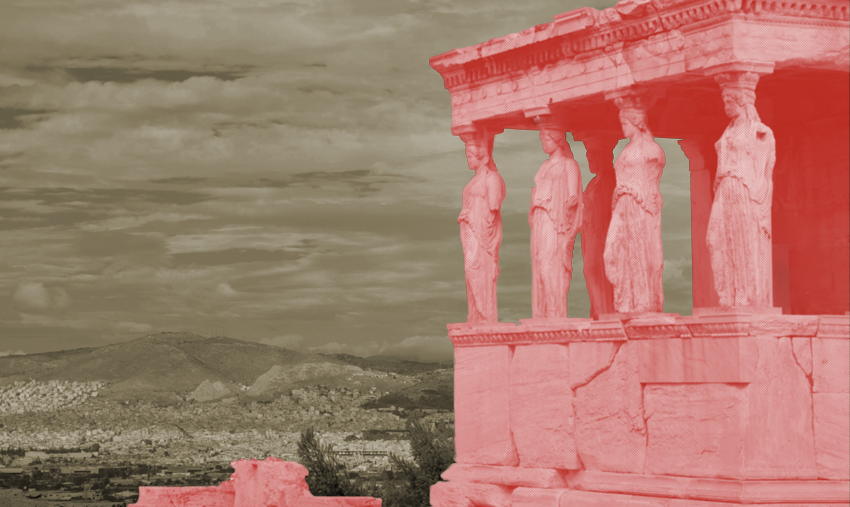Loess is more
The future of building materials may look a lot like the past

What did the Roman engineers do that kept their buildings, aqueducts, and bridges that are still standing after 2,000 years? We may now know – and if they could build without unleashing environmental havoc on the world, surely, we, living in the most technologically advanced society ever, can figure it out.
Consider this: The kiln-firing of the most common modern building material—Portland cement, which is mixed with regular ol’ crushed rock to make concrete—accounts for eight percent of global greenhouse gas emissions. In fact, if the cement industry were a country, it would be the world’s fourth largest emitter. This obviously was not the case in Ancient Rome, and their stuff was more durable. So what gives?
We’ve long known that Roman concrete was mixed with a lot of the same ingredients as Portland cement, including aggregate rocks, lime, shale, and clay. However, researchers have now discovered that Roman concrete possessed a “self-healing ability” due to the inclusion of “lime clasts” – small chunks of rocks that originate from lime, and are omitted as imperfections in modern concrete.
The research team worked on samples of “hot-mixed concrete,” one made in the Roman method and one using modern methods. They intentionally cracked the hardened samples, and ran water through the cracks. Within two weeks, using the Roman method, “the cracks had completely healed” and water no longer flowed through it. The “modern” sample never healed.
New World, Older World
Meanwhile, we’re also learning new things about the ingenuity of folks on other continents. In the 5th through 7th centuries, Mayans in Copán built their temples using limestone plaster mixed with sap from native trees. Happily, this created a crystalline structural element that behaved like plastic, increasing weather resistance in the tropical forest of modern-day Honduras.
And how about the builders of Ancient China, who erected an elaborate barrier wall using the materials they had at their disposal? At its core, some parts of the Great Wall are made of “rammed earth” – large layers of compressed mud with thin reed mats in between for stability and drainage. Lab tests from the region’s soil, called Loess, show that it contains the remnants of crushed shells rich in calcium carbonate. Because of this, just like the Mayans’ crystalline mixture, the rammed earth contains unusual weather-resistant properties.
(Elsewhere, some Ancient Chinese buildings were made by mixing powdered lime with rice – and sometimes protein, starch, oil, blood, and brown sugar.)
What’s next?
We have some brilliant minds busy at work in 2023 too. A new school of scientists is developing all-new paleo- and antiqua-inspired building materials, using ancient techniques as their guide. Meanwhile, others are working on bringing down the technical skill and cost required to make that Roman-style, self-healing concrete. If these scientists and craftspeople have their way, ancient buildings will maintain importance for our past and our future.
So, will our generation leave behind a construction legacy that will be talked about in a thousand years? We’ll never know, of course… unless we’re cryopreserved, I guess, but that’s a topic for another article.
